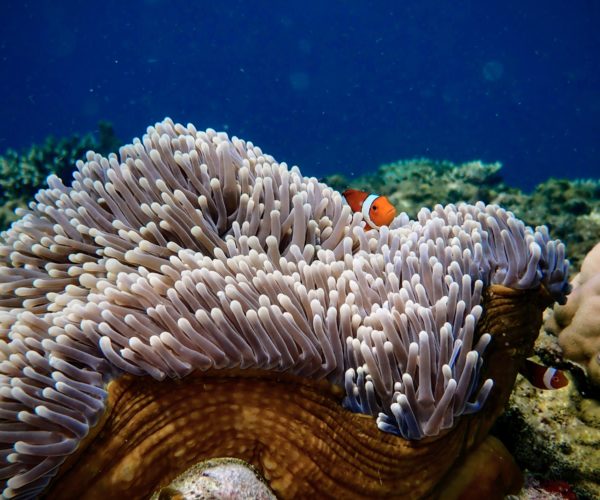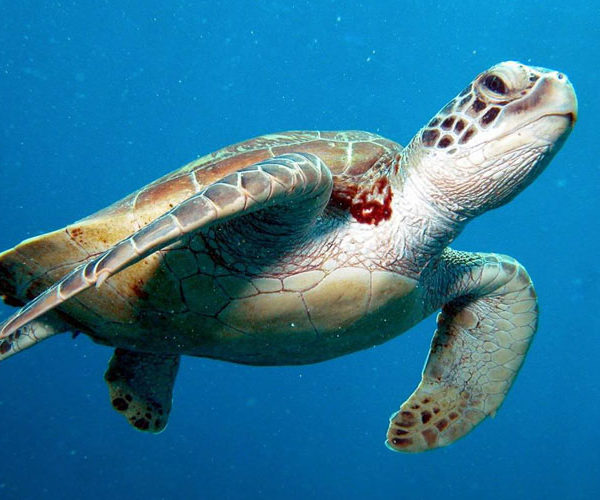Scientists at Sea · Becoming a Marine Biologist – with Lauren Henly, Emma Weschke and Tim Gordon This episode was recorded back in early 2019. […]
Tag: coral
Exeter Marine Podcast – Coral Reef Bioacoustics Part II, with Tim Gordon
In this episode we talk to Tim Gordon about his work studying coral reef bioacoustics, this is a follow-up from the interview we did with […]
Investigating Coral Reef Acoustics to Aid Reef Restoration
Words by Ben Williams, 2019 BioScience Graduate Most people are aware coral reefs throughout the world are struggling one way or another. A range of […]
A Day in the Life of a Marine Bioacoustics Intern
Words by Ellie May and Ben Williams, ExeterMarine Undergraduate Students Hi there, this is Ellie May and Ben Williams giving you an update on […]
Scientists at Sea Podcast – Climate Change, Turtles, and Bivalves
Show Notes In this episode Ethan and Ben discuss the latest Climate Change Report released by the IPCC (Intergovernmental Panel on Climate Change), with Professor […]
It’s Stressful Being a Coral! Declining Coral Cover on the Great Barrier Reef
Author: Jennifer McWhorter Jennifer McWhorter is pursuing her PhD in a joint program between the Universities of Exeter and Queensland. Using various climate and ecological […]


